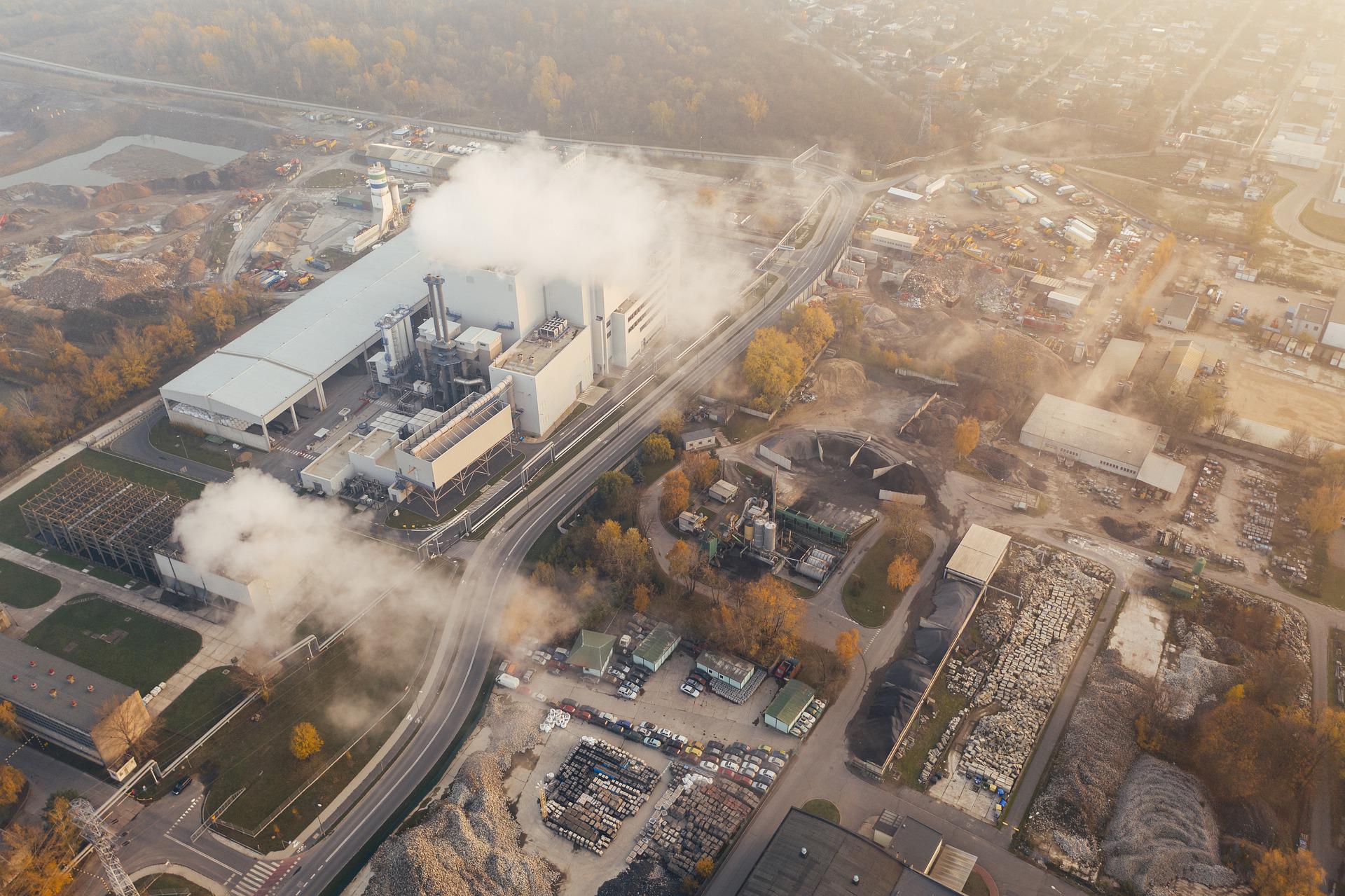
Te Whanganui a Tara – Greenhouse gas emissions decreased in 10 out of 16 regions between 2019 and 2021, with Taranaki showing the biggest drop in emissions during this period, Stats NZ says.
Taranaki experienced the largest decrease in total greenhouse gas emissions, measured in carbon dioxide equivalents (CO2-e), between 2019 (pre-covid) and 2021, down 1130 kilotonnes (18 percent), followed by Auckland, down 1049 kilotonnes (9.7 percent), and Northland, down 781 kilotonnes (16 percent).
The decrease in emissions in Taranaki was largely due to a decrease in gas being used for electricity generation, followed by decreases in both manufacturing and mining.
Also, 2021 was still covid suppressed and it is too soon to say if New Zealand emissions have peaked, let alone plateaued and way too early to say they are declining.
Even with this reduction Aotearoa is not on track for the reductions required to live within our emissions budgets yet. Kiwis are going to need to pick up the pace of action if the country is to achieve its stated ambition.
Between 2019 and 2021, the largest increases in emissions were from:
Canterbury, up 355 kilotonnes (3.0 percent)
Waikato, up 182 kilotonnes (1.1 percent)
Gisborne, up 64 kilotonnes (4.9 percent).
Canterbury emissions were up largely due to agriculture, forestry, and fishing, up 508 kilotonnes (6.5 percent), because of an increase in dairy cattle numbers in the region.
Much of the volatility in total greenhouse gas emissions within the regions during this two-year period comes from industrial emissions from the electricity, gas, water, and waste services; manufacturing; and transport, postal, and warehousing industries, as well as household transport.
Much of this is due to carbon dioxide (CO2) as other greenhouse gases, such as methane and nitrous oxide, remained relatively stable during this time.
Household emissions decreased in 11 out of 16 regions during 2019–2021 due to COVID-19-related restrictions. Total household emissions across all regions decreased 853 kilotonnes (9.6 percent) between 2019 and 2021.
The largest decreases in household emissions between 2019 and 2021 came from:
Auckland, down 471 kilotonnes (16 percent)
Wellington, down 114 kilotonnes (14 percent)
Waikato, down 64 kilotonnes (5.6 percent).
The large decrease in household emissions in this period is due to a general decrease in household transport emissions related to covid travel restrictions. In 2021, household transport emissions increased a little as lockdown restrictions eased but they are still below 2019 levels.
Southland had the highest total emissions per capita at 60 tonnes CO2-e due to the presence of emission intensive industries like agriculture, forestry, and fishing, and manufacturing, with relatively low population in the region. Only 2.0 percent of New Zealand’s total population lived in Southland in 2021.

